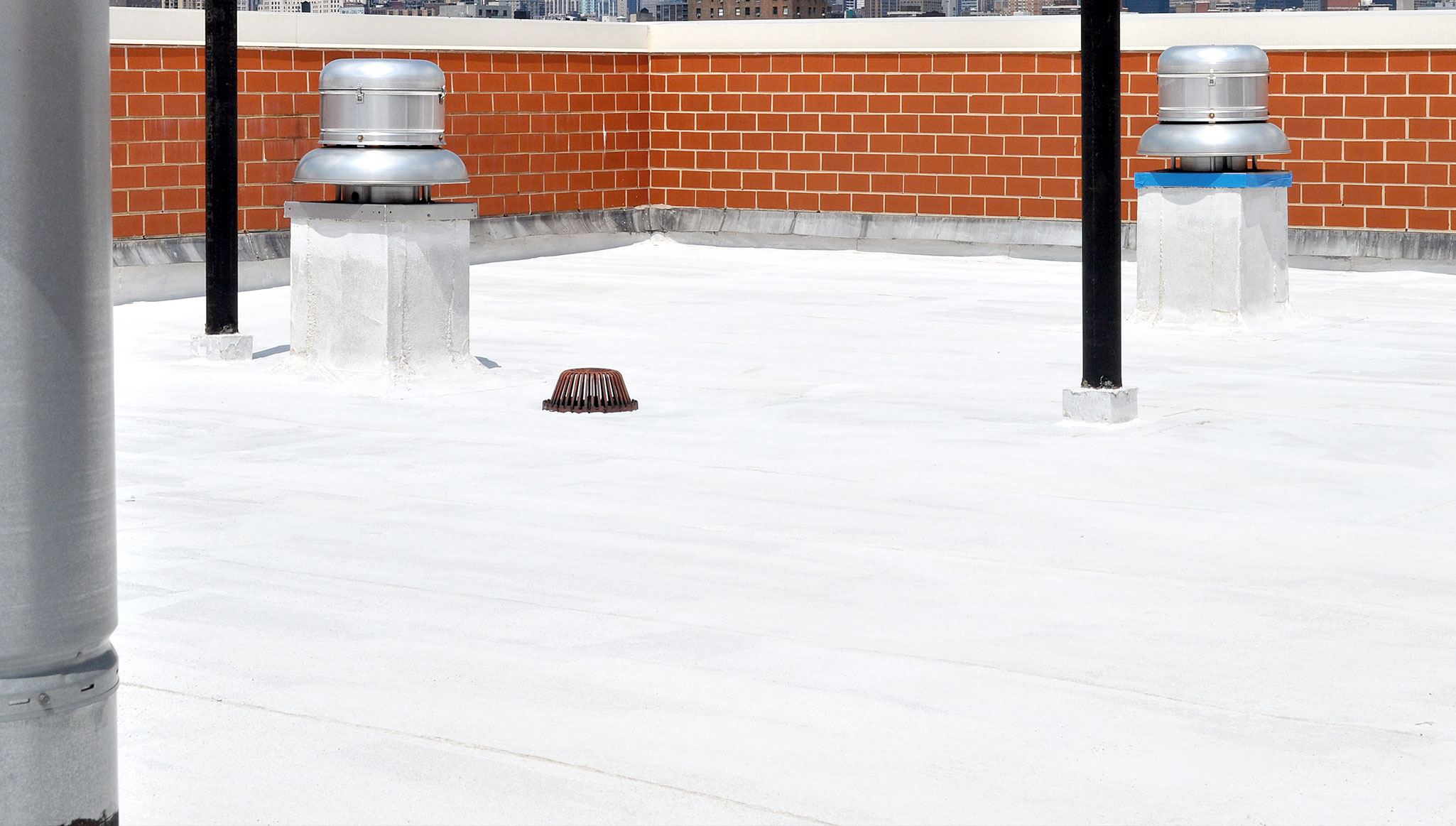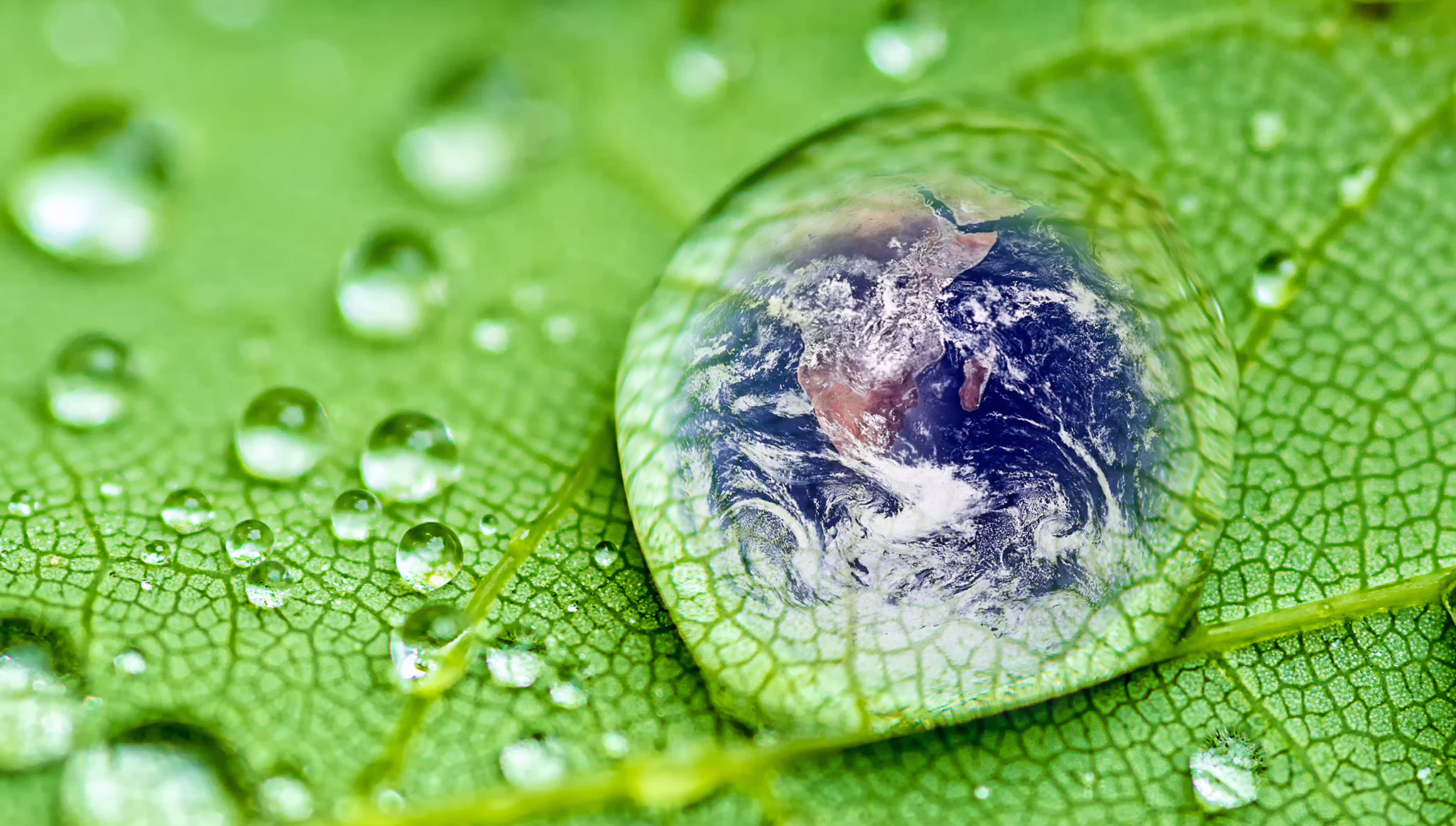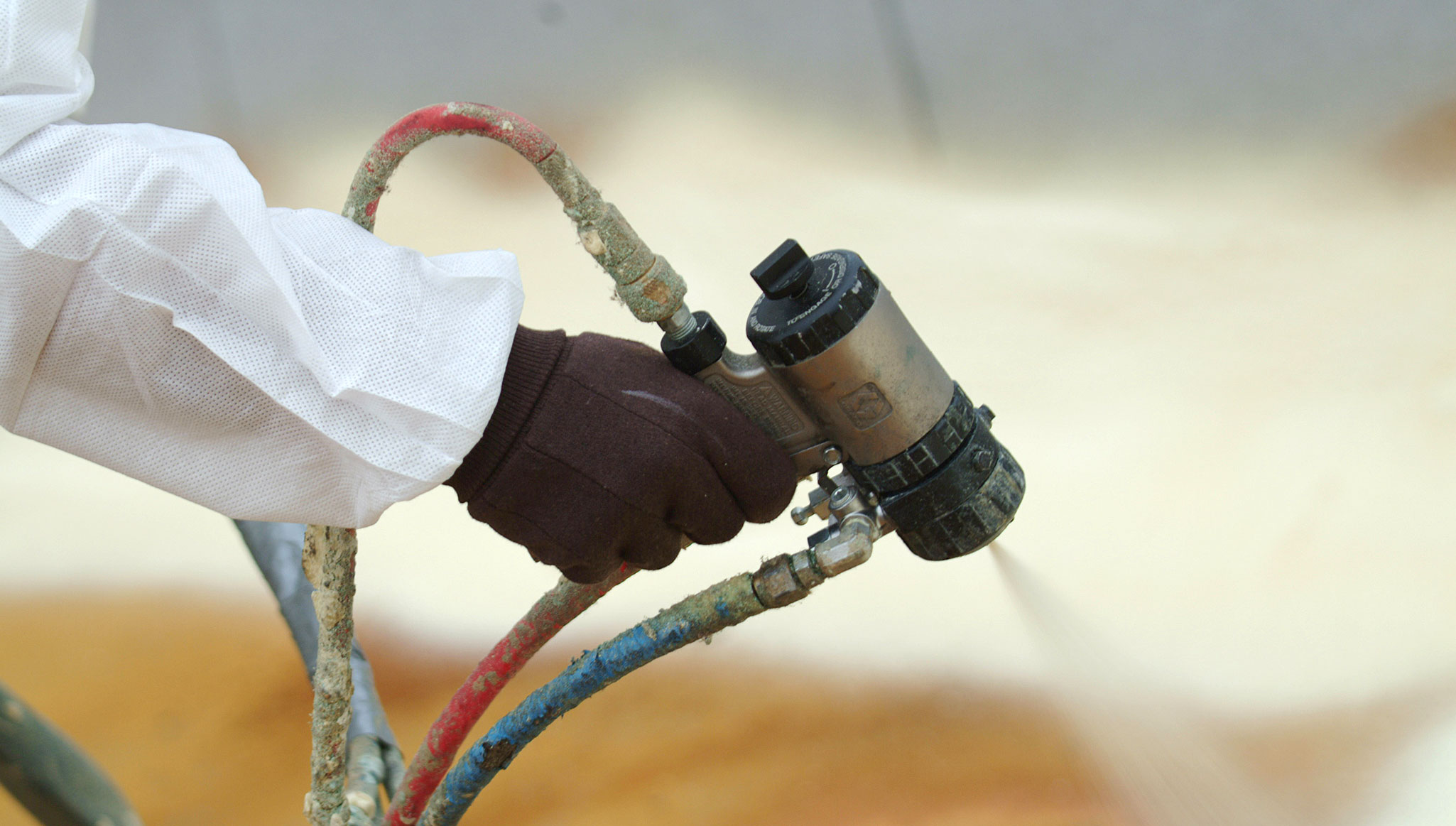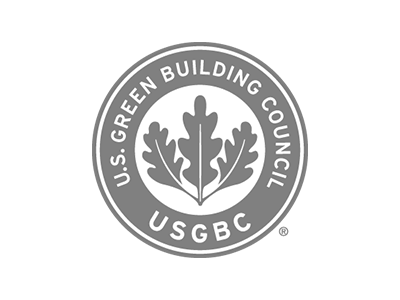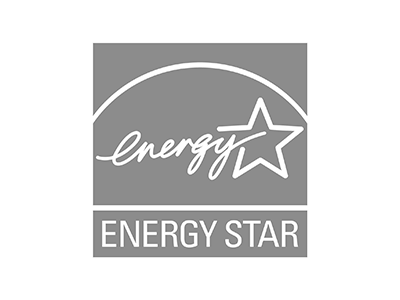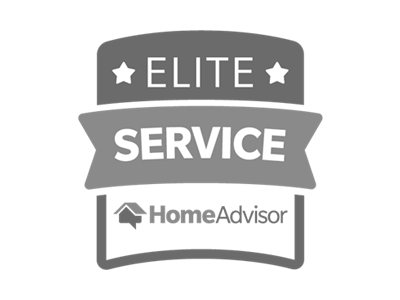Rely on the Building Science Experts
Cool roofs can save money several ways, including energy savings, rebates and incentives, HVAC equipment downsizing, and extended roof lifetime.LET. US. HELP.
Solar Reflectance
Watch the difference Cool Roof Technology makes
There are many types of roofing materials with a varying range of reflectance and emittance levels.
Asphalt shingles, the most common type of roofing material, are the least efficient at reflecting the sun's heat energy. The asphalt is composed of asphalt-saturated mats made from organic felts or fiberglass.
Roofing granules, one-millimeter sized stones coated with an inorganic silicate material, protect the roof from the sun's ultraviolet light. The coating contains microscopic pigment particles, similar to those used in paint, to provide color.
Asphalt's low solar reflectance can be attributed to several factors:
- First, there is a limited amount of pigment in the granule coating.
- Second, the roughness of the shingle contributes to multiple scattering of light and thus to increased absorption.
- Third, the black asphalt substrate is not 100% covered by the granules, and reflects only about 5% of the light that strikes it.
Solar Reflectance Index
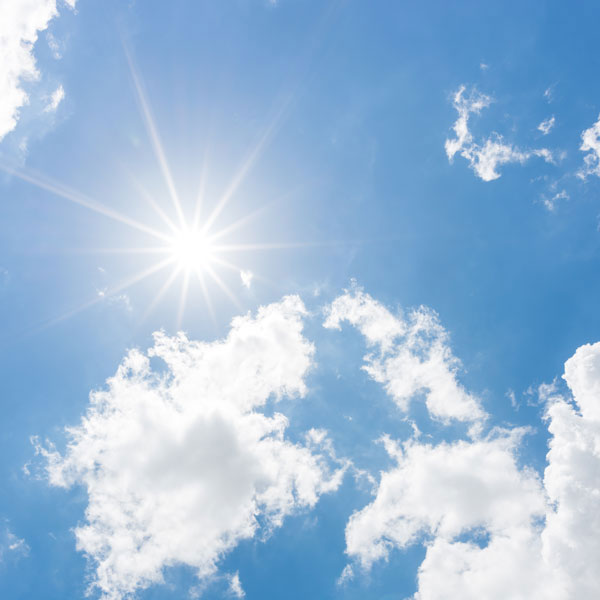
Cool Roof's reflect the sun's energy from your roof
- Solar Reflectance is the fraction of the solar energy that is reflected by a roof, expressed as a number between zero and one. The higher the value, the better the roof reflects solar energy. For example, white reflective coating or membrane has a reflectance value of 0.85 (reflects 85% of solar energy hitting it and absorbs the remaining 15%), while asphalt has a value of 0.09 (reflects 9%).
- Emittance is the amount of absorbed heat that is radiated from a roof, expressed as a number between zero and one. The higher the value, the better the roof radiates heat.
- Solar Reflectance Index (SRI) indicates the roof's ability to reject solar heat, and is the combined value of reflectivity and emittance. It is defined so that a standard black is zero (reflectance 0.05, emittance 0.90) and a standard white is 100 (reflectance 0.80, emittance 0.90). Because of the way SRI is defined, very hot materials can have slightly negative SRI values, and very cool materials can have SRI values exceeding 100.
Learn about Cool Roof Requirements on the next page
Read MoreWE DO MORE THAN JUST SPRAY FOAM

- Fans, Ducts, And Controls - We install bath fans, attic/gable fans and crawl fans w/ humidistat/thermostat controls. Ductwork for bath fans and kitchen hoods, with roof jacks/caps. Helping to get out any of the kinks in your ventilation.
- Cleaning and Pest Control - We clean out crawl spaces. Sanitize from rodent pheromones, perform exclusion work to block rodent entry, build new access hatches etc.
- Draining Issues - We can help with drainage and water mitigation issues. Sump pumps in crawls/basements, along with french drains in and out of crawls.


